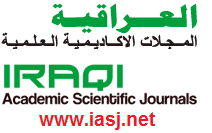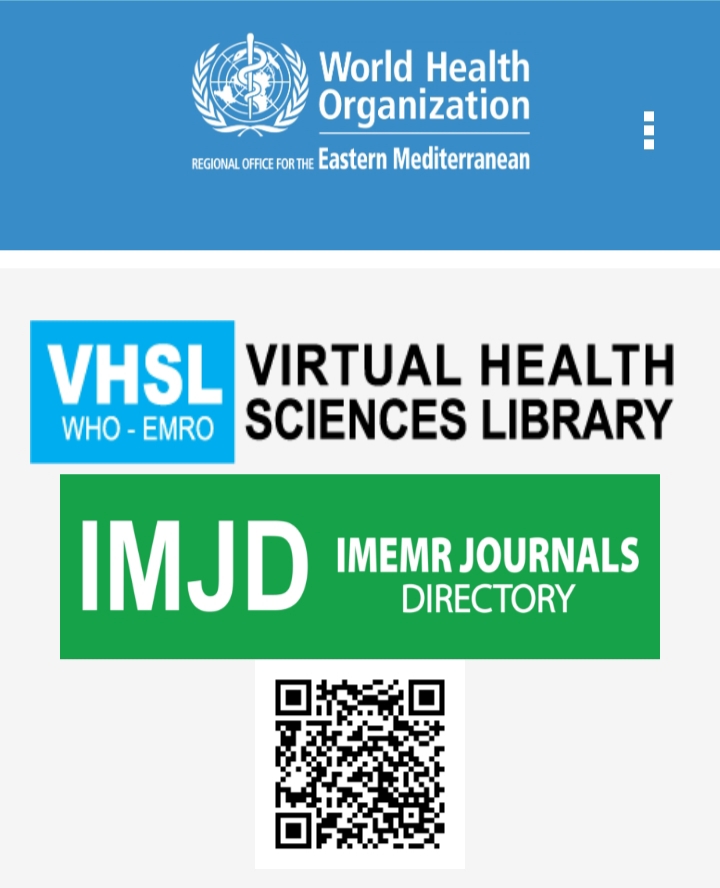Actinobacillus actinomycetemcomitans in periodontal infections
Abstract
Aims: To isolate and identify Actinobacillus actinomycetemcomitans because of its importance in periodontal diseases, to show their incidence in periodontal infections, and to study their important virulence factors. Materials and Methods: The isolating procedure had been done through using the selective Dentaid1 medium, with anaerobic cultivation at 37 C for 48 hours, and different microscopic features and biochemical activities were carried out. Also the study included the detection of virulence factors that owned by this type of bacteria through various tests. Results: The rate of infection was 45% in patients suffering from periodontal disease and the isolated bacteria had the ability to adhere to human epithelial cells of the mouth, also had the ability to produce bacteriocins as the substantive factors for the bacterial growth among the closer species of bacteria, and the presence of capsule, which was the most important virulence factor. Susceptibility of the isolated bacteria to selected types of antibiotic showed that 100% of the isolates were sensitive to tetracycline and ciprofloxacin, 100% were resistant to erythromycin and vancomycin. Conclusion: Actinohatillus actinomycetemcomitans was very important periodontal pathogen; having a large number of pathogenic and virulence factors; ciprofloxacin is the drug of choice.











